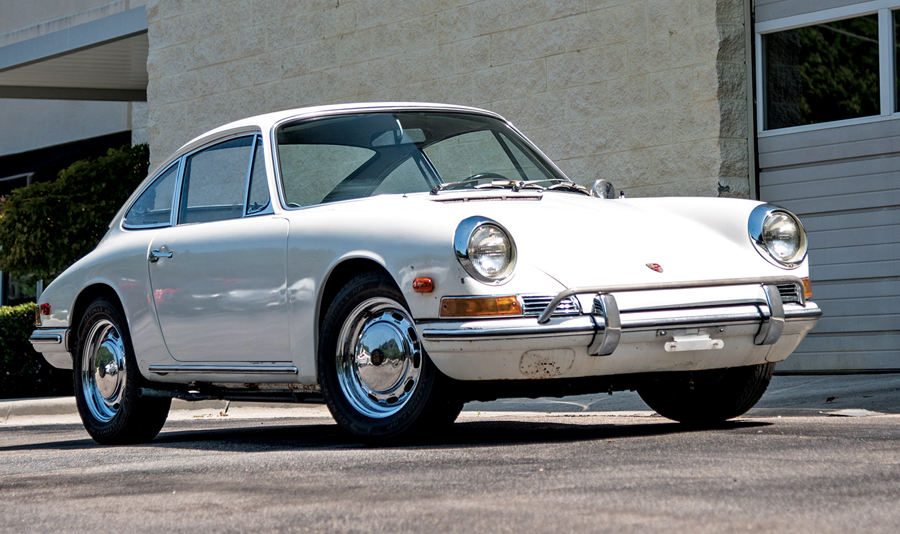- 1,582-cc OHV air-cooled opposed 4-cylinder engine
- Two Solex downdraft carburetors
- 102 horsepower at 5,800 rpm
- 5-speed manual transmission
- Independent front and rear suspension
- Four-wheel hydraulic disc brakes
- 89,194 miles on the odometer
- Well-documented service history
- An excellent candidate for restoration
Chassis Number: 912801959

